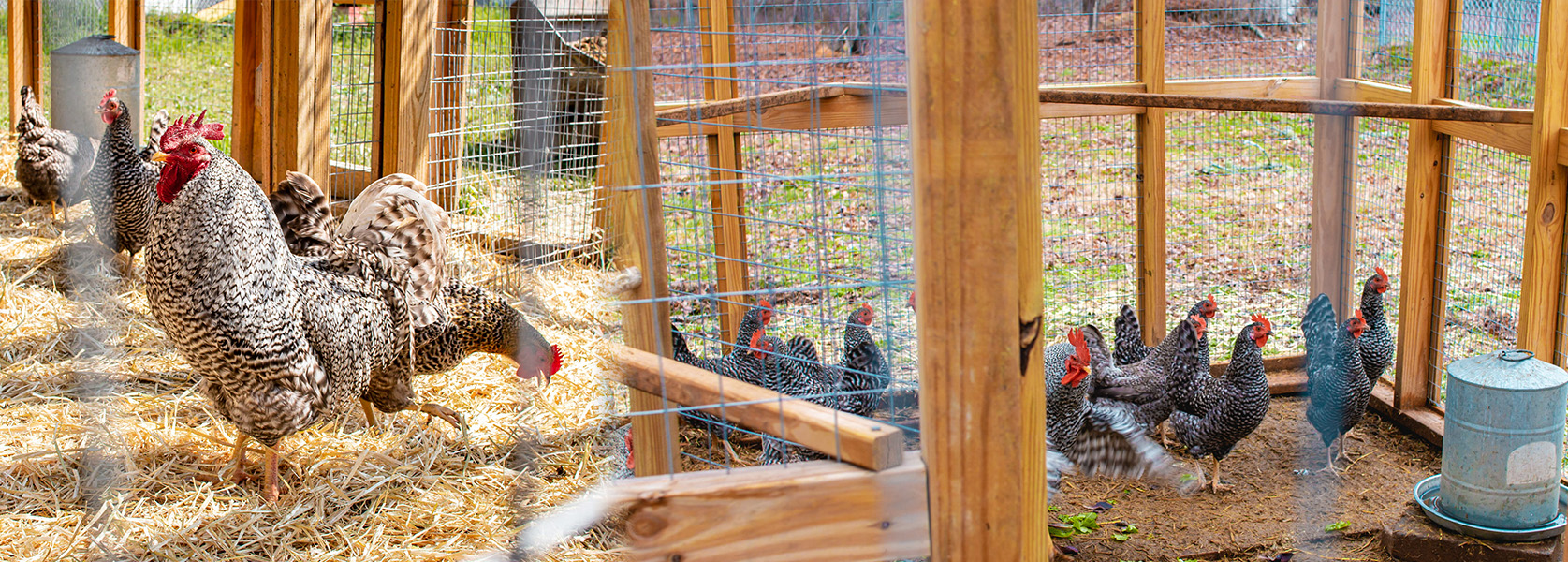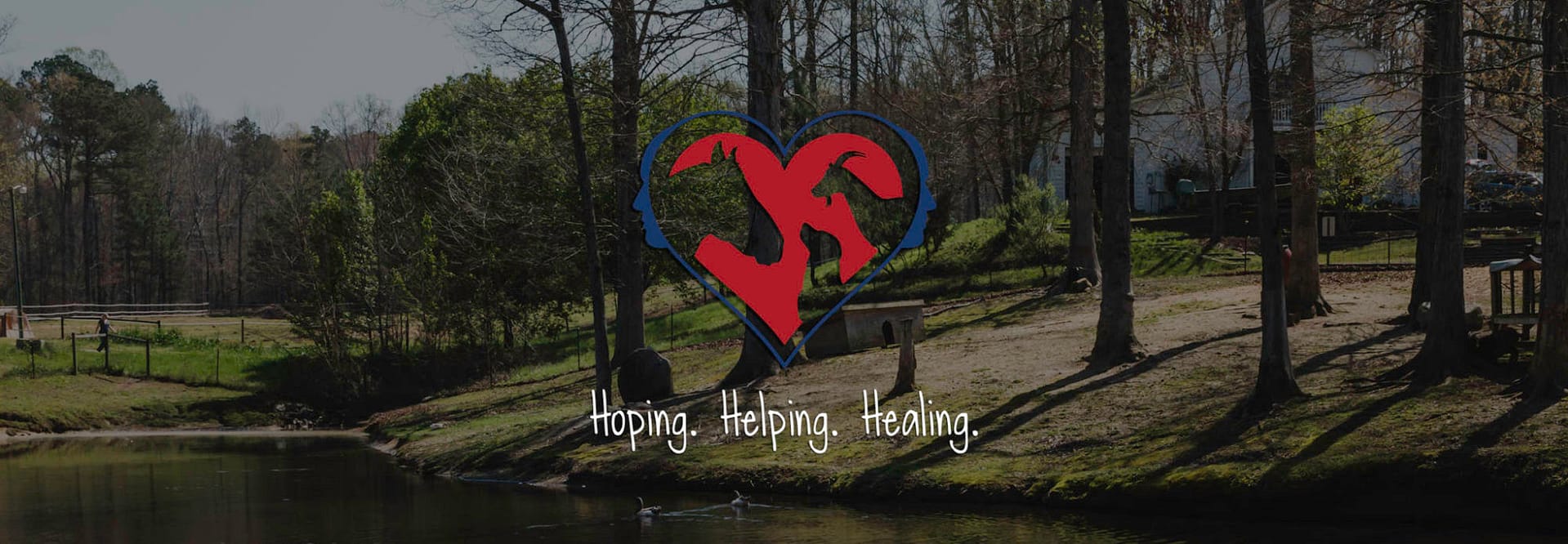
The Barred Holland breed, quite likely the rarest American chicken, is listed in the Critical category of the American Livestock Breeds Conservancy’s, Conservation Priority List. Here at the farm, we provide our Barred Holland Chickens with the environment they favor while protecting them from extinction.
If you are interested in having a Barred Holland Chicken as a permanent resident on your farm, please send us a message here.
About Us
The Barred Holland Chicken is a medium-sized, heavy chicken breed with yellow-colored skin and legs and a muscular body. When viewed from the side, their thick nec, body and tail feathers give the bird a shape resembling a heart. Females are darker in color than roosters. They all sport a bright red six-pointed single comb and red wattles and earlobes. Roosters typically weigh between 7.5 and 8.75 lbs and hens about 5.5 and 6.5 lbs. They usually live for about 8 years.
These American-bred chickens got their name because they can be traced to a breed imported from Holland. The Holland chicken was light-weight and lay white eggs. It was mated with heartier domestic breeds such as the White Leghorn, Rhode Island Red, New Hampshire, and Lamona. The resulting White Holland breed was then bred with White Leghorn, Barred Plymouth Rock, Australorp, and Brown Leghorn and Barred Holland Chickens were born. The breed can be traced back to 1949, when they were documented with the American Poultry Association Standard of Perfection.
Handling & Our Habitat
We are friendly and calm, and get along with people and other animals. Although we are pretty chill, we do have a definite pecking order. We don't back down easily if we feel our dominance is threatened by someone new. We like to meet newcomers slowly so our coop doesn't get stressed.
Here on the farm we are registered as a “critical” conservation status and FFR is licensed to keep us. That doesn't mean we are high maintenance! We maintain ourselves with a good dust bath and you can add natural herbs in the sand to repel pesky insects and soak up the excess oil from our feathers. We are attention-lovers and happily submit to examinations for mites, lice, or other parasites. The farm checks us out at least once a week and de-worms us regularly!
What We Eat
We love to forage for our own food during the day so it is important to feed us the right nutrients first thing in the morning to make sure we get a balanced diet. We need chicken grain or mash starting at about 8 weeks old. When we are babies, we need a special chick starter. Once we are old enough to begin laying, we get extra protein and calcium in our diets to replenish our nutrients. This insures we lay the best quality eggs and stay in good health! We do enjoy leftover scraps of fruits and veggies on the farm and love them frozen into ice-pops on hot, summer days.
When we get the right nutrition, we give it right back to the farm in the form of an excellent fertilizer for the vegetable and flower gardens.

